
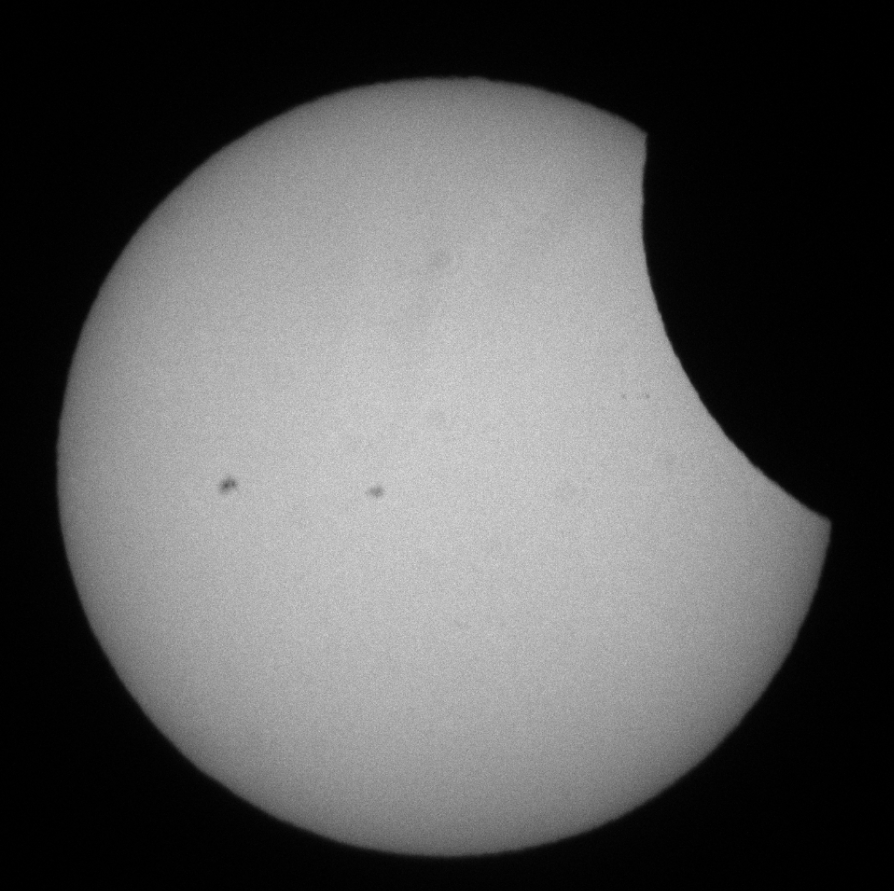
- Details
- Category: Solar System Objects
Read more: Partial Solar Eclipse on October 14 2023
- Telescope: EDT 80mm Reftactor
- Camera: ZWO 1600 MM
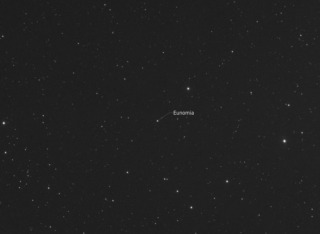
Located in the asteroid belt, it is the largest of the stony type asteroids, and contains around 1% of the mass of the asteroid belt. It is thought to be core remnant but where the crust and mantle was stripped off in a collision. It has an orbit period of 4.3 years and is in a 7:16 resonance with Mars.
It is named after the minor Greek goddess of law and order, Eunomia.
Short video clip of its motion over a few hours.
- Details
- Category: Solar System Objects
- Telescope: Explore Scientific 127 Refractor
- Camera: ZWO 1600 MM
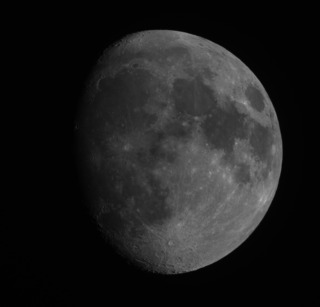
Something a little closer! The Moon imaged on the night of January 6, 2020.
- Details
- Category: Solar System Objects
- Telescope: Explore Scientific 127 Refractor
- Camera: ZWO 1600 MM
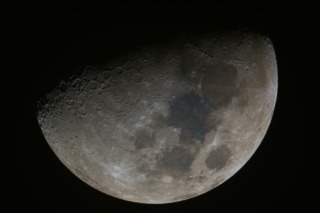
55% full Moon imaged on Aug 8, 2019 with the RC scope and Asi071 color camera. Single shot with image processing done using PixInsight software.
- Details
- Category: Solar System Objects
- Telescope: GSO RC10
- Camera: ZWO A071 Color
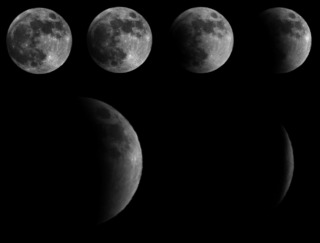
The morning of January 31, 2018 featured an lunar eclipse, which was also "blue" moon, which means it was a 2nd full moon in a single month, and also while the Moon was slightly closer in its orbit, which is often to referred to as a "super" Moon. While none of the events are particularly rare, the combination of them all were unusual.
Unfortunately from my location, the Moon entered the Earth's shadow at about the same time as it became daylight. If it had happened earlier in the night, the Moon would have became a dull reddish color from the light reaching it from the Earth, hence the "blood" moon references. The reddish color is caused by the blueish light being scattered by the Earth's atmosphere, while the red light makes it through. Similar to sunsets and sunrises on Earth having reddish tint to the light. Sometimes the reddish light is poetically described as all the sunsets on Earth.
The image is a collage culled from images taken 20 minutes apart. As the sky got lighter, and the Moon got closer to the horizon, the seeing conditions deteriorated, from imaging through more and more atmosphere.
- Details
- Category: Solar System Objects
- Telescope: EDT 80mm Reftactor
- Camera: ZWO 1600 MM
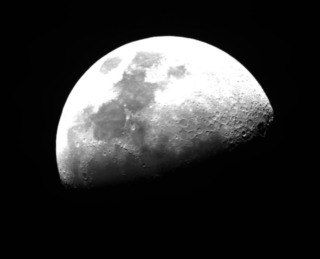
My quick My #ObserveTheMoon image.
Cropped and resized to fit the page, and despite my best efforts, still a bit over-exposed using the 80 mm refractor.
- Details
- Category: Solar System Objects
- Telescope: EDT 80mm Reftactor
- Camera: ZWO 1600 MM